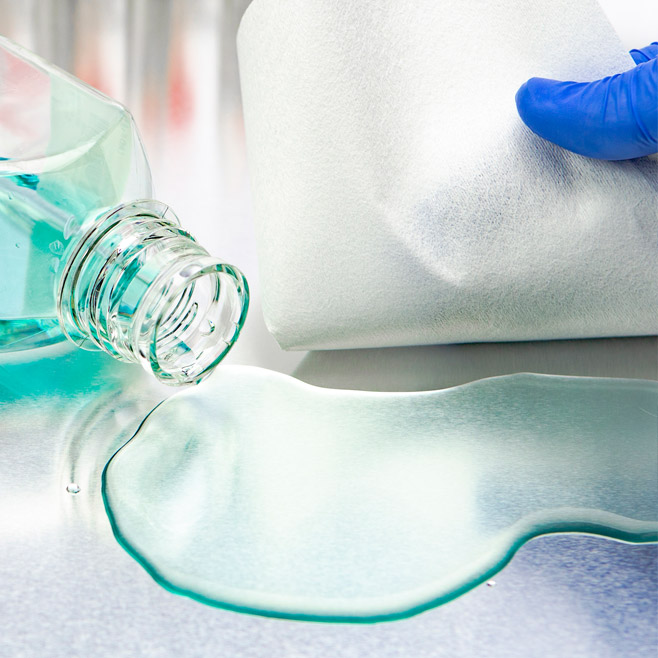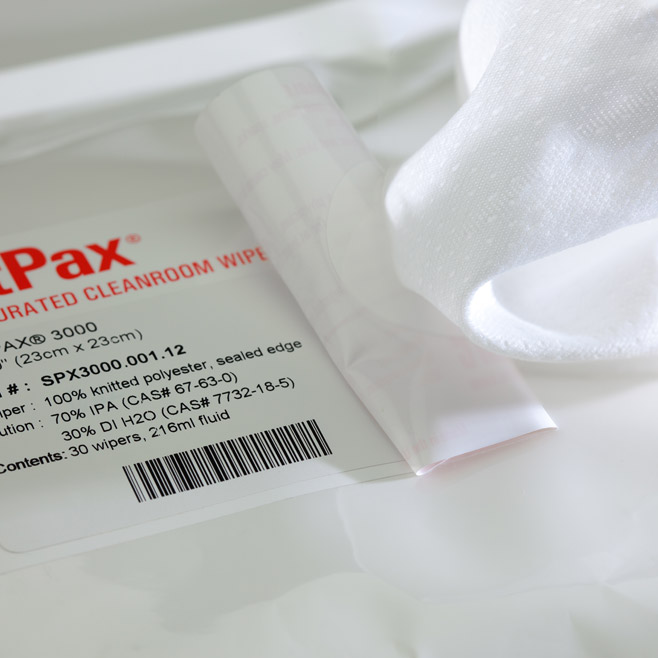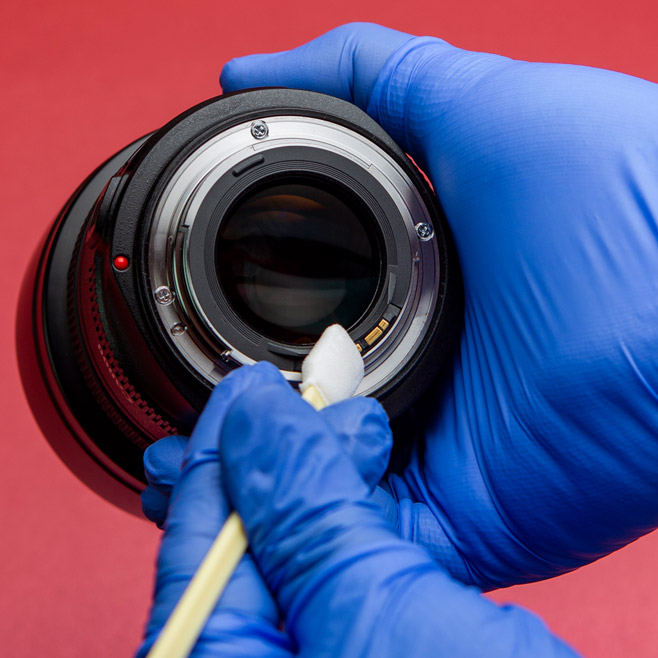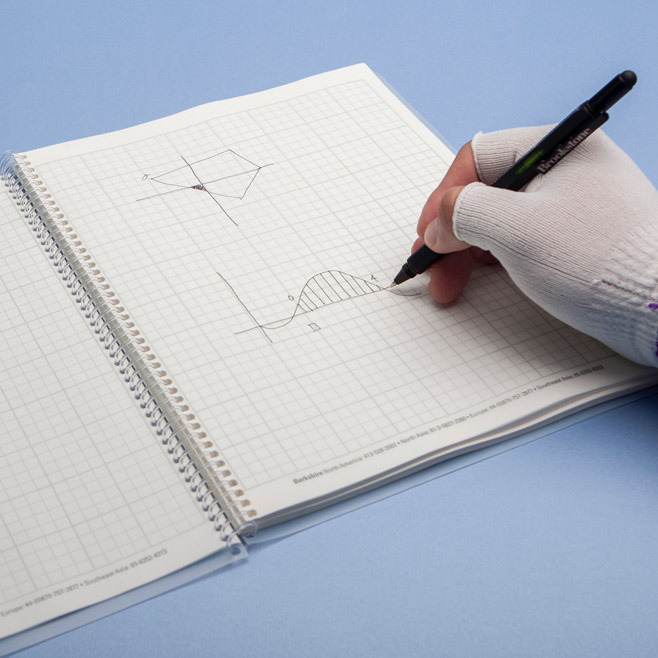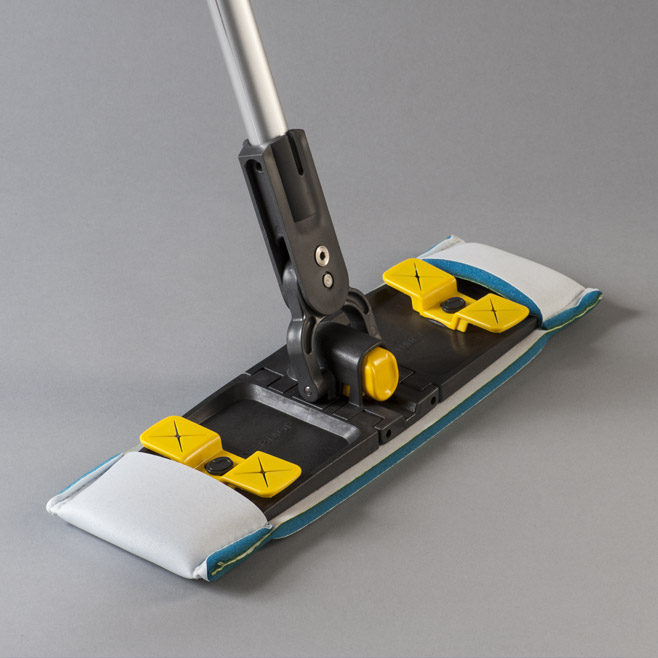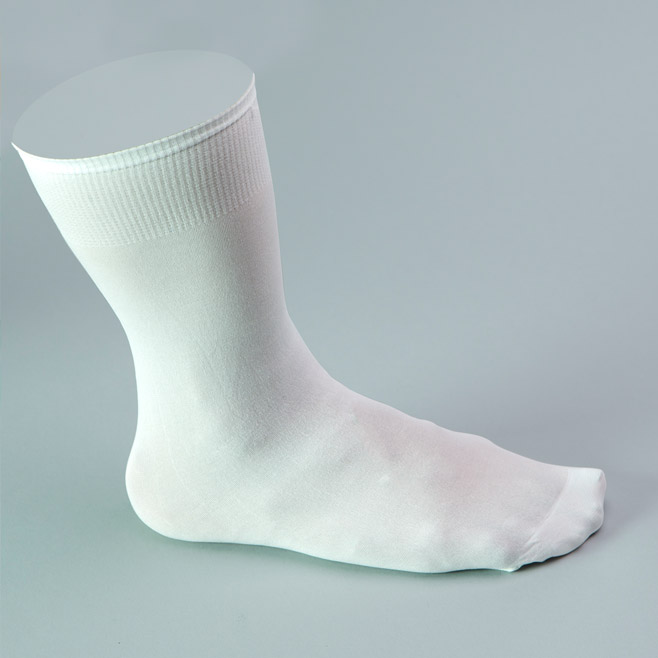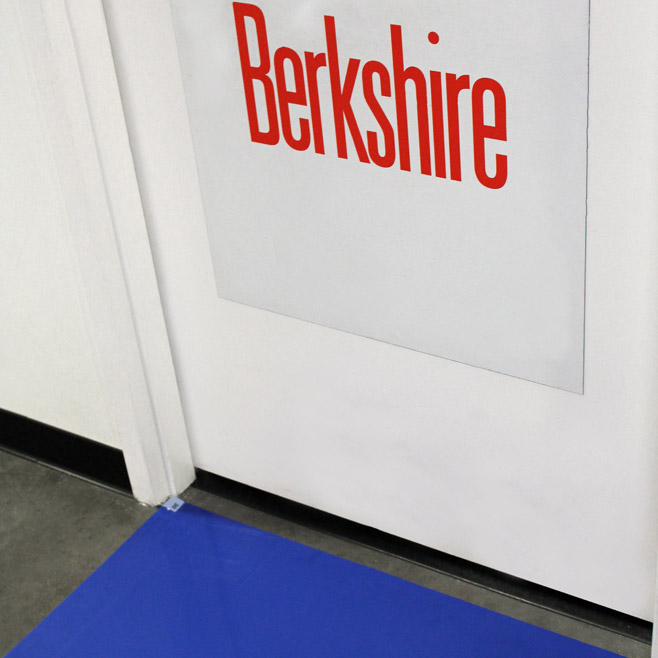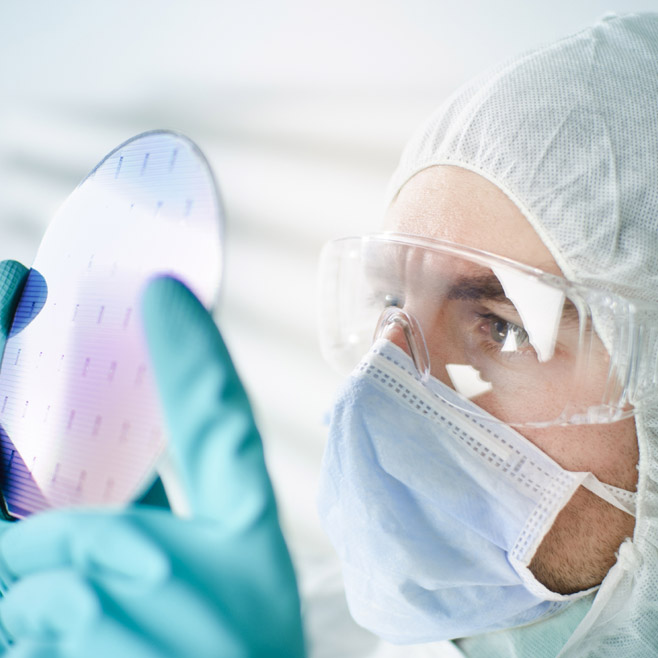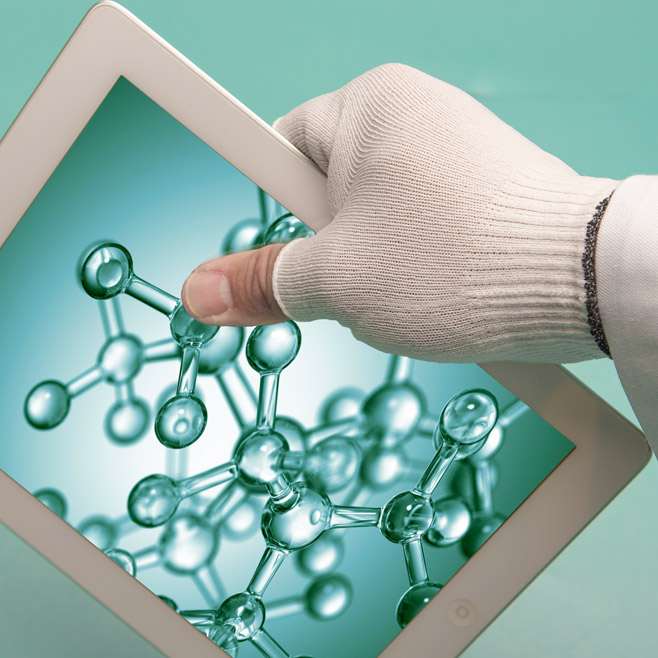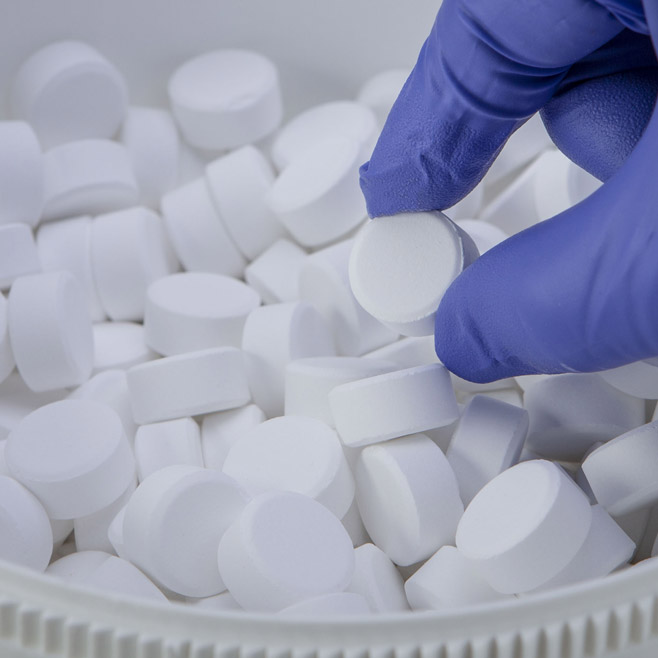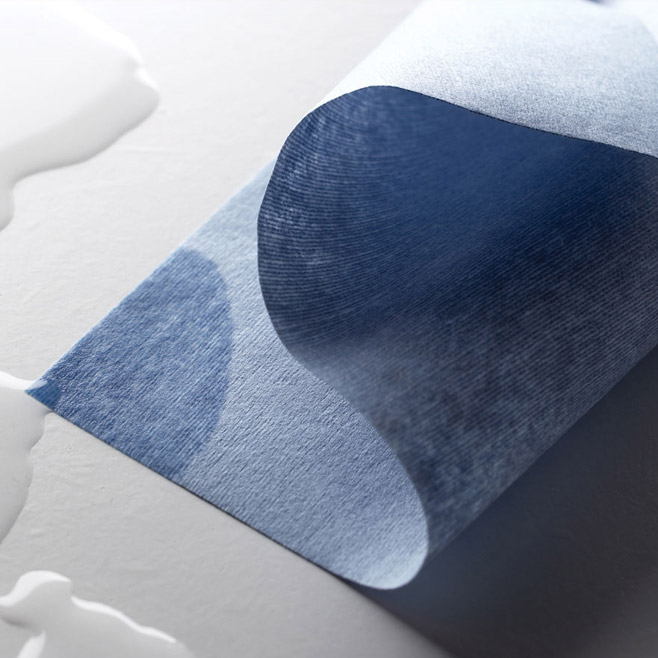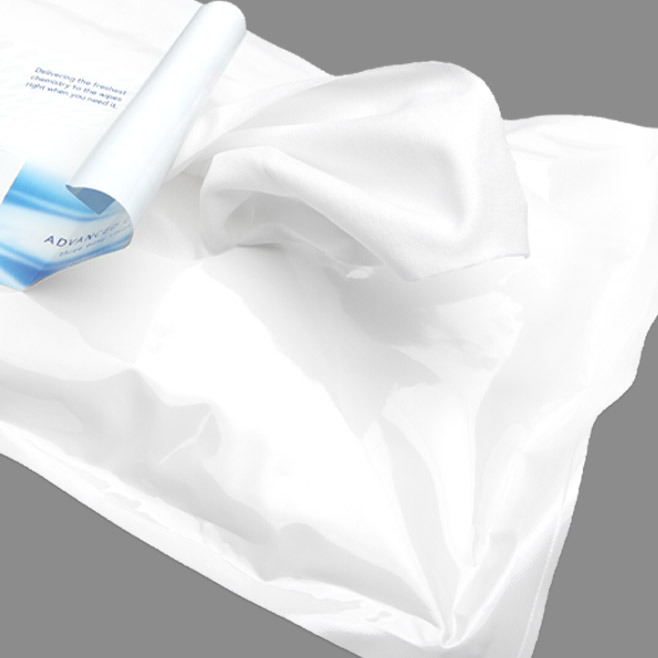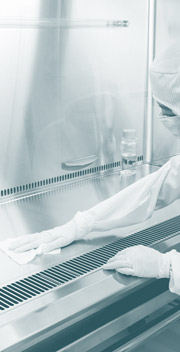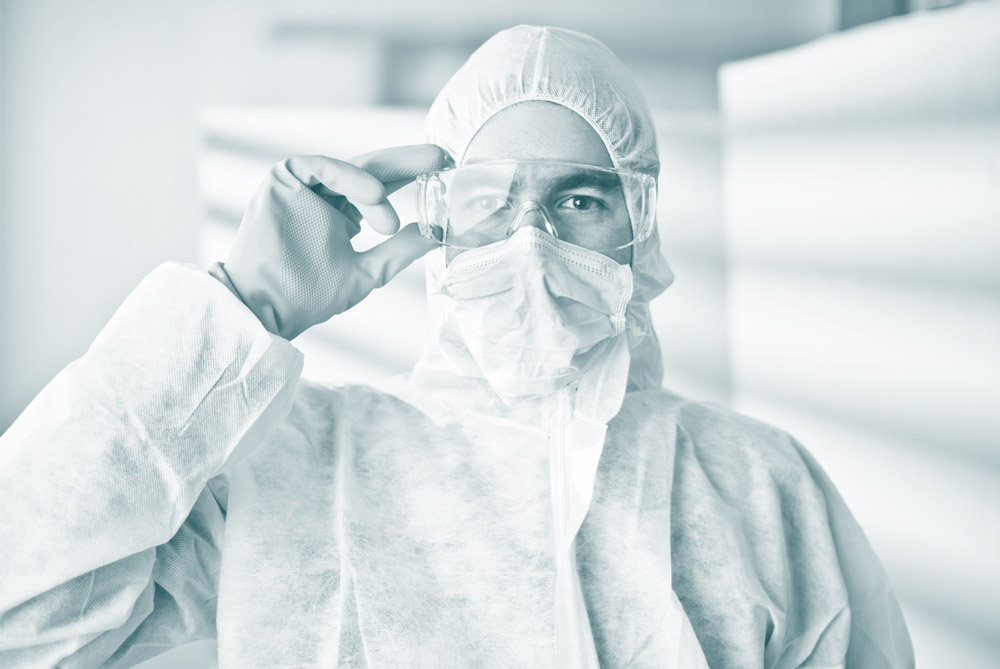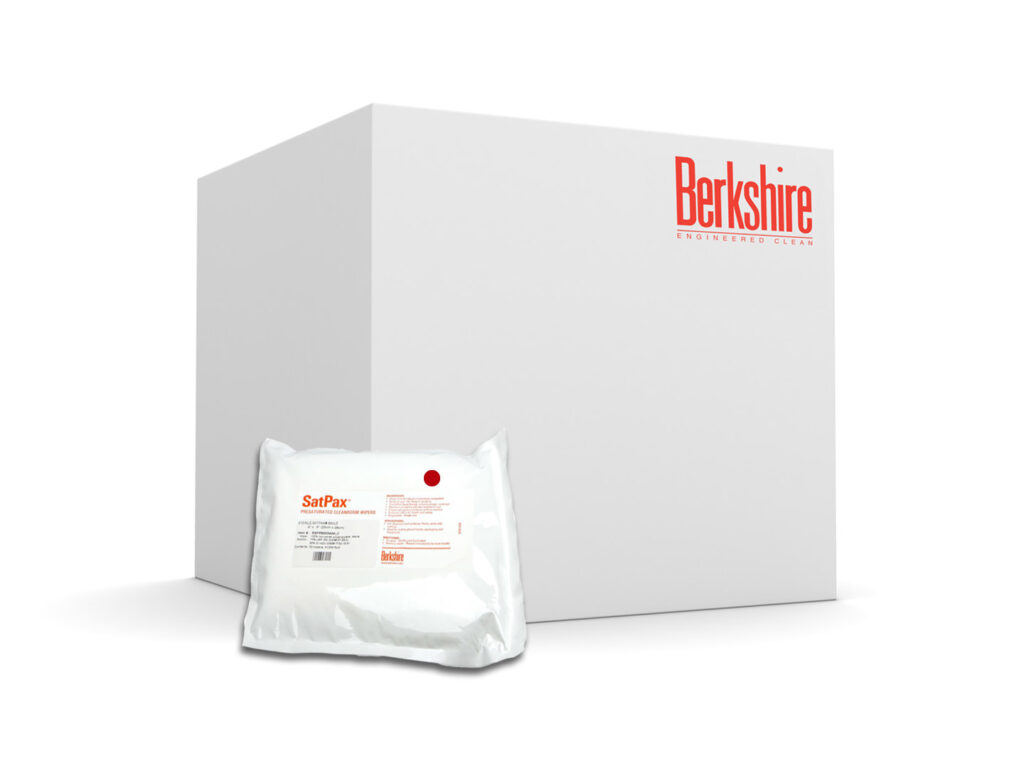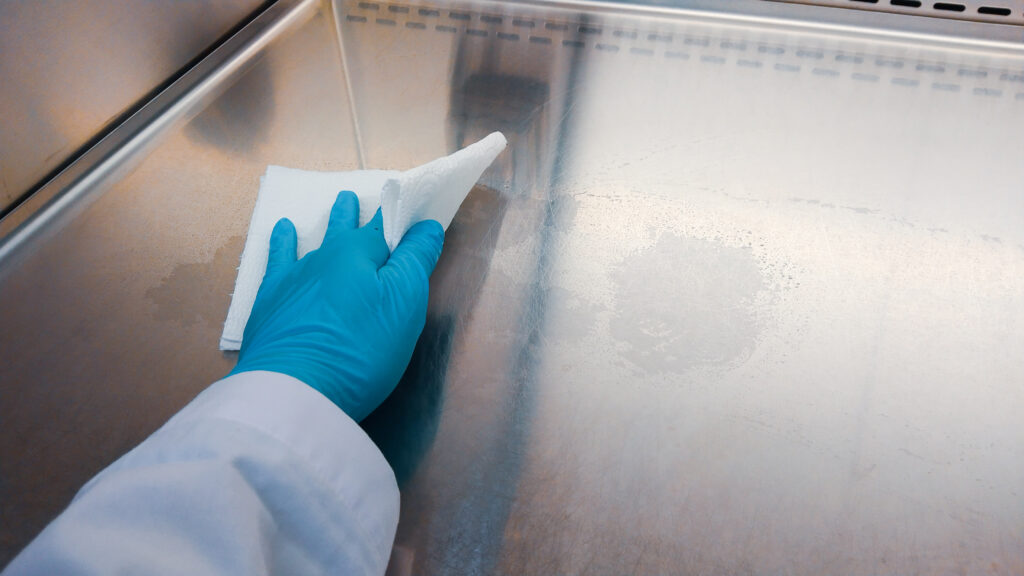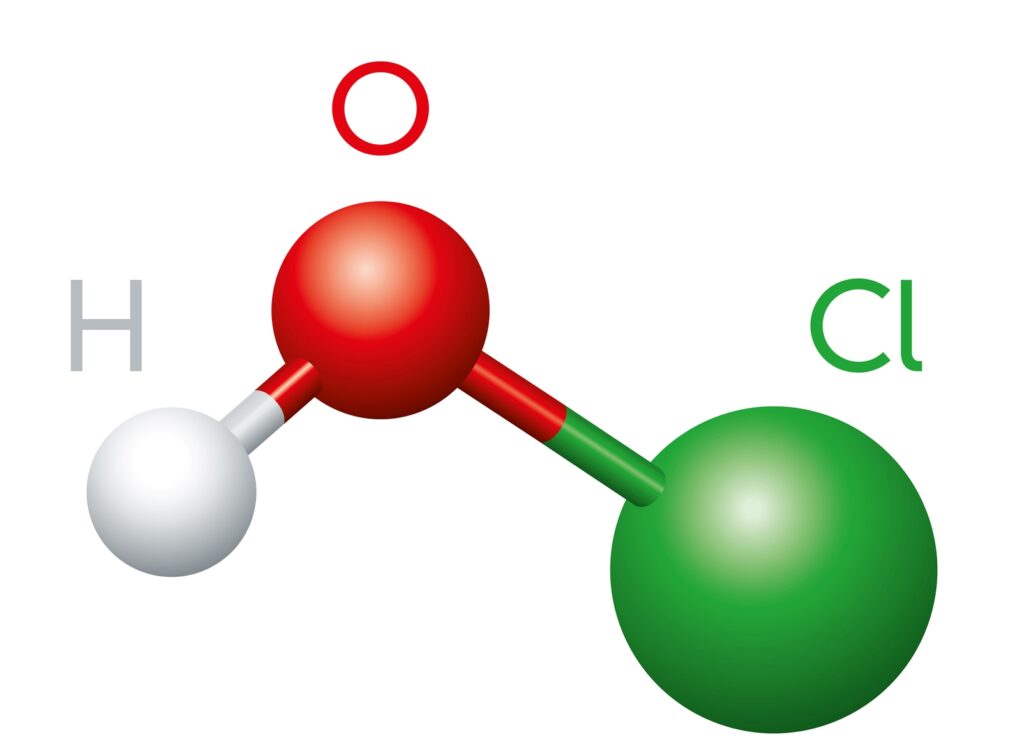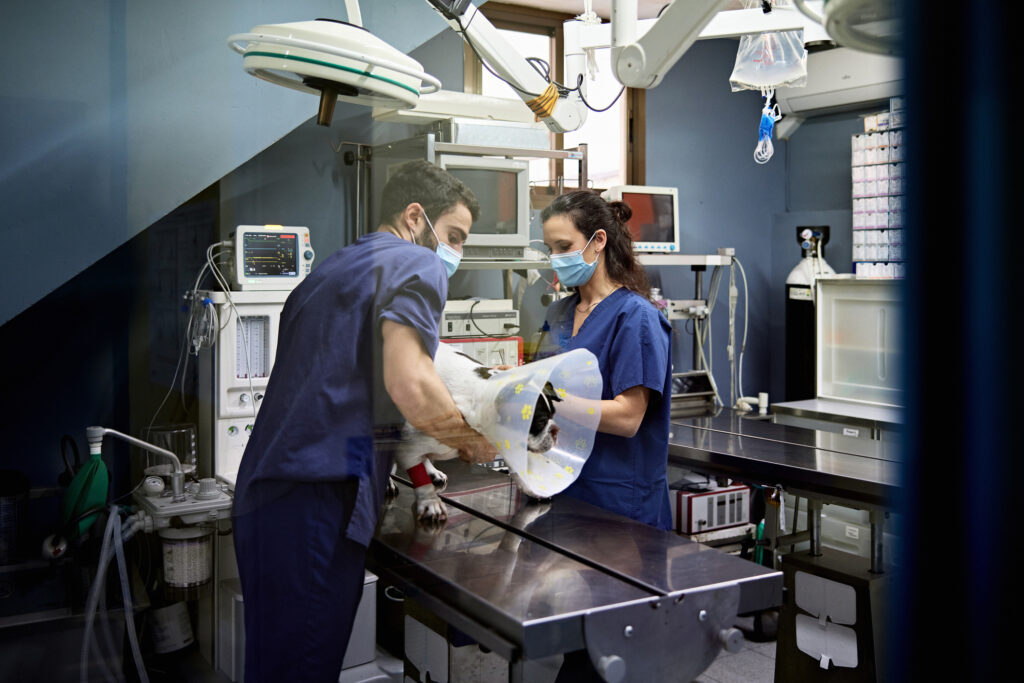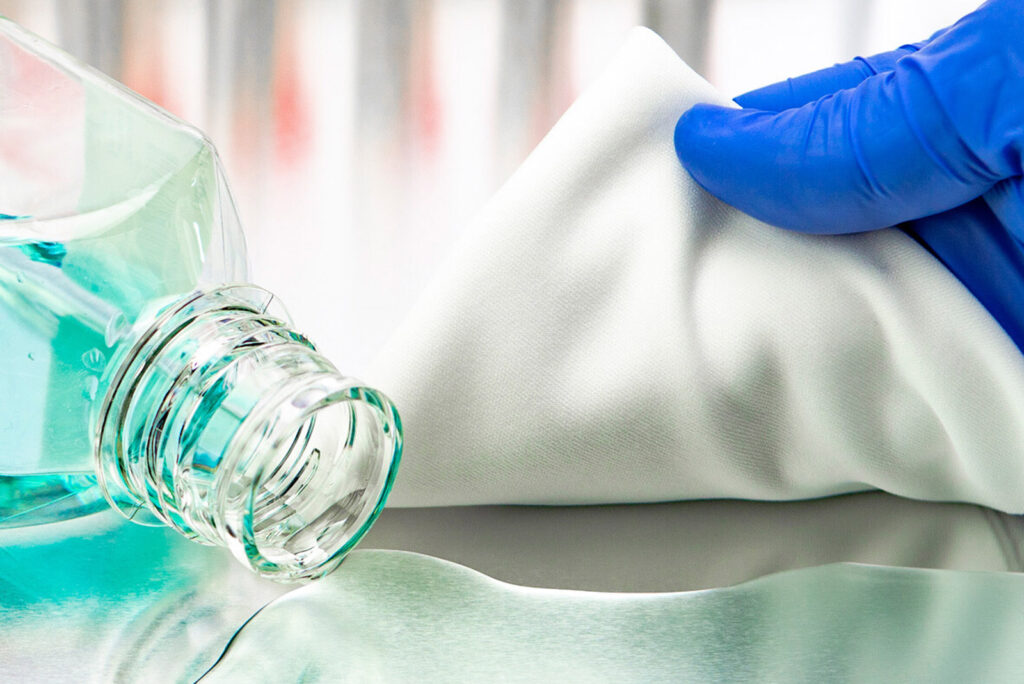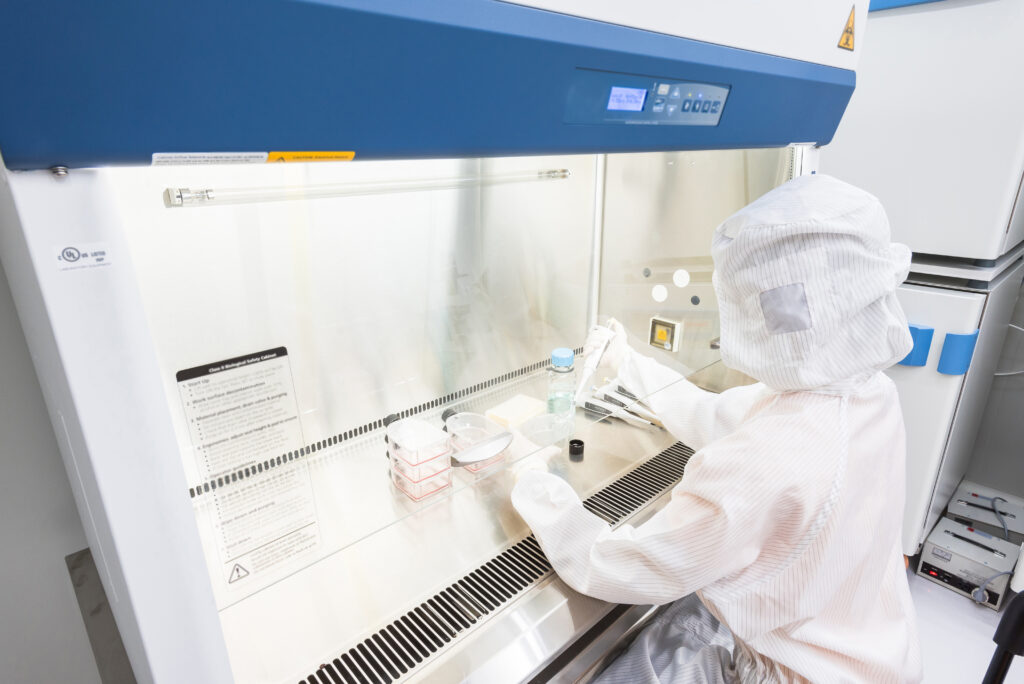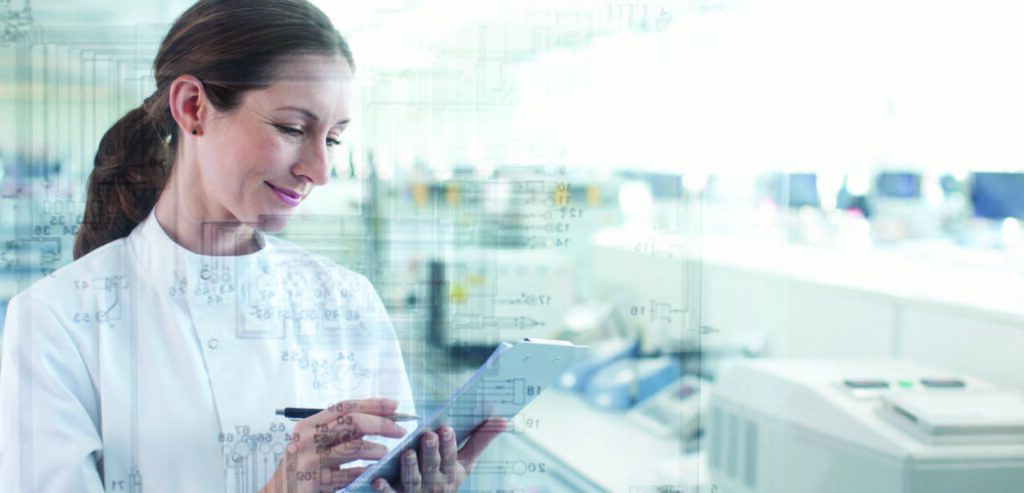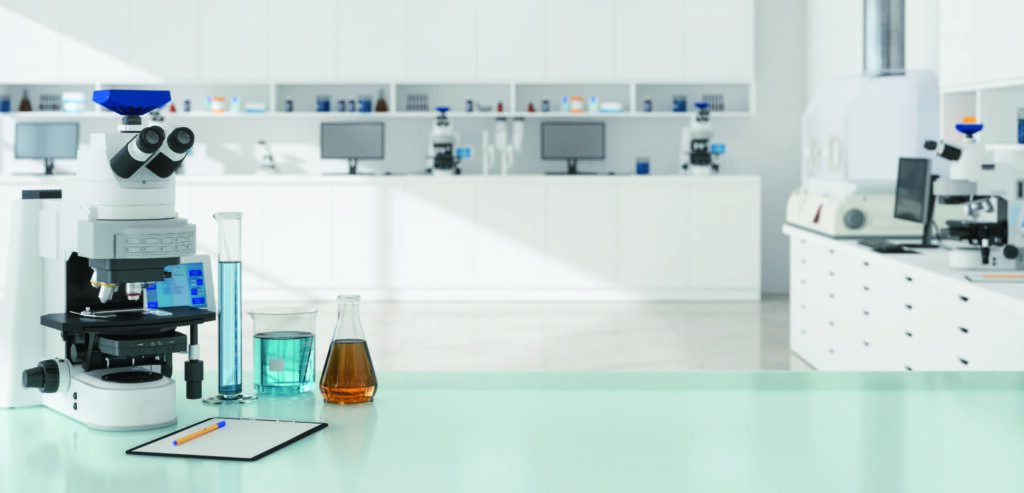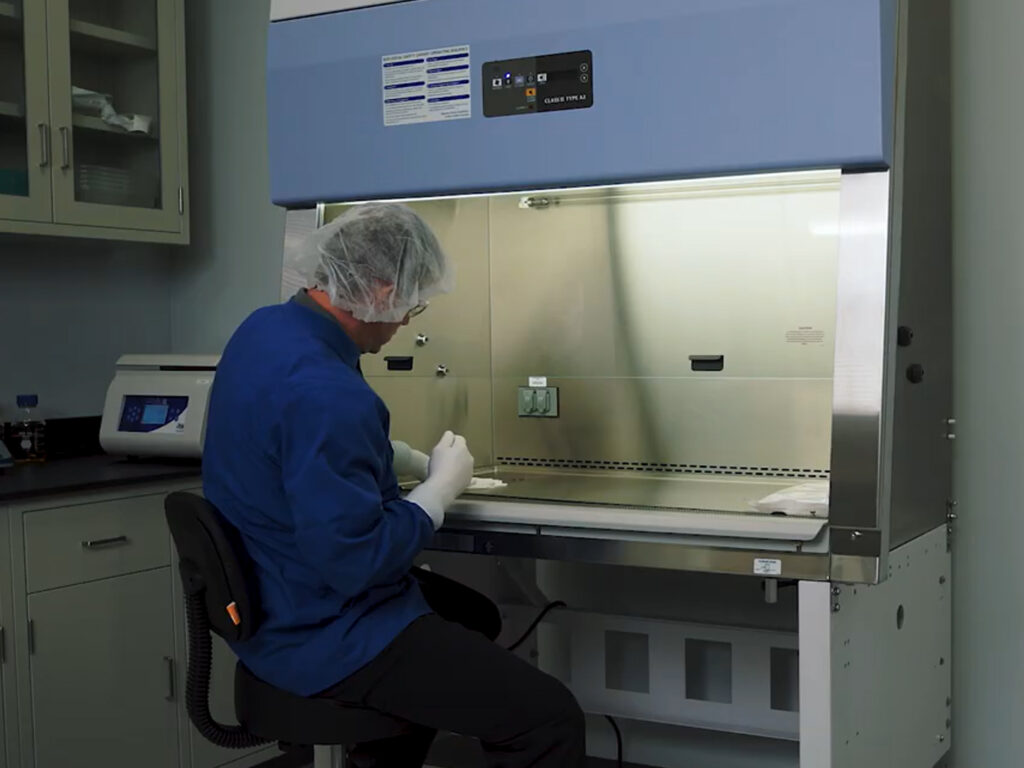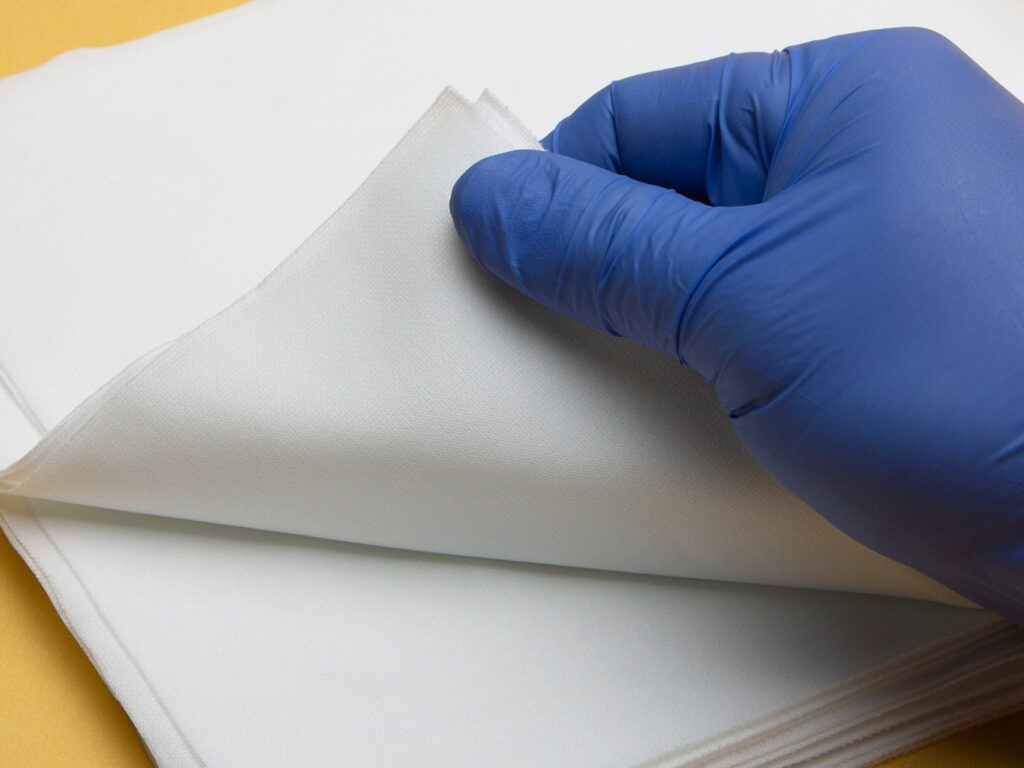Achieving Cleanliness and Asepsis in Critical Environments When cleaning cleanrooms and critical environments, certain principles are universally applicable. However, the methods and products used to maintain regulatory standards vary considerably. In particular, the differences between aseptic and non-aseptic environments are significant. While both require thorough cleaning to remove dirt, non-volatile chemical residues, ions, metals, and [Read More…]
Category Archives: Cleaning & Disinfection
Removing residues from a cleanroom surface can be challenging. The most widely used disinfectants tend to leave significant residues on surfaces. Disinfectant residues can pose cleanliness and operational risks in cleanrooms and other controlled environments. The United States Pharmacopeia (USP) <1072>, the Parenteral Drug Association’s Technical Report 70 (PDA TR 70), and EudraLex Volume 4 [Read More…]
Hypochlorous Acid (HOCl) is a powerful disinfectant that is naturally produced by our white blood cells to fight infection. It is easy to use, inexpensive, and has a good safety profile. It can disinfect large areas quickly and has a broad range of bactericidal and virucidal effects. HOCl consists of three atoms: Hydrogen, Oxygen, and [Read More…]
Diseases pose a constant threat to animal health. Microorganisms can transfer from contaminated surfaces and fomites to animals and other locations. Regular cleaning and disinfection (C&D) is essential in all animal settings to prevent this. Veterinary cleaning products reduce surface pathogen levels, minimize exposure risks, and improve animal well-being. They are a critical component of [Read More…]
Spray-then-Wipe Technique When using the spray-then-wipe method, apply the disinfectant solution directly onto the surface using a trigger spray bottle, then wipe it to ensure even coverage. This method is best for covering large flat areas. However, relying on the operator to properly spray the right amount of solution or prevent over-spray onto other surfaces [Read More…]
To ensure that the manufacturing of pharmaceuticals is free from contamination, implementing a comprehensive cleaning and disinfection program is essential. Any modifications to the manufacturing process, such as introducing new equipment or materials, should be evaluated to confirm that the cleaning program prevents contamination. Maintaining a standardized change control process to document these updates is [Read More…]
Quick Brief Laminar airflow hood cleaning is crucial for cleanroom hygiene and life sciences contamination control, preventing cross-contamination and maintaining a sterile lab environment. Always use proper cleanroom cleaning supplies – like lint-free wipes and 70% alcohol sprays – for laminar airflow hood cleaning. Never spray disinfectants directly onto the hood’s HEPA filter; apply it [Read More…]
A recent search on Google for the term lint-free wipe returned over 18 million results. A further refinement to “lint-free wipes” returned over 330,000 results. And another search for “lint free wiper” produced over 1.5 million results. A simple change in characters or adding a letter churned out different results. The one thing they have [Read More…]




